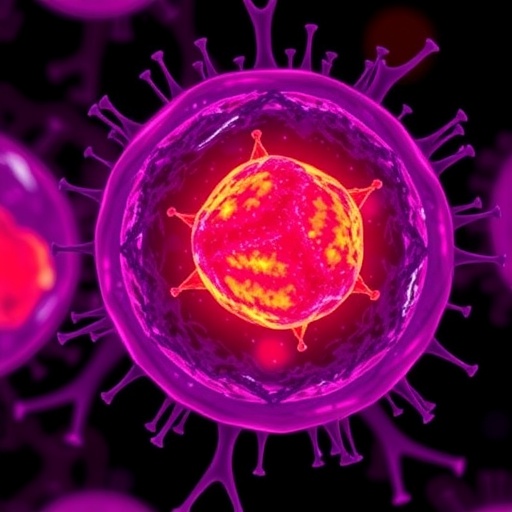Separating signal from noise in Earth observation data

Credit: University of Houston
Drones have become a quick and relatively inexpensive way to capture on-the-ground images of geographic areas, offering valuable information to soldiers and others. But those images have a drawback: they often can’t accurately be compared with images taken previously – images which generally were collected using different standards and formats – in order to determine how the terrain has changed over time.
Researchers with the National Center for Airborne Laser Mapping at the University of Houston are using a $1.89 million grant from the U.S. Army Corps of Engineers to create a set of algorithms that would allow users to more precisely align datasets collected at different times and reliably estimate changes between images captured at different times.
Craig Glennie, principle investigator with NCALM and associate professor of civil and environmental engineering at UH, said just-in-time data collected by drones can be helpful on the battlefield or in other circumstances. “More and more, people want to take older data and compare it to newer data and see if anything has changed, and there’s not really a mechanism to do that with any confidence.”
The main investigators on the project are Preston Hartzell, an assistant research professor at NCALM who is also involved in a similar project funded by the National Geospatial-Intelligence Agency, and Glennie.
The most complete datasets are collected by aircraft flying over an area, which allows researchers to use more powerful mapping equipment and to access GPS satellite data. The combination of more powerful equipment and GPS data makes those datasets more precise, Glennie said.
Drone-collected data offers a different advantage – drones are small, nimble and less intrusive. But they aren’t able to access GPS data as accurately and, because the equipment they carry is smaller and lighter weight, they can’t collect as much information.
To allow researchers to reconcile disparate datasets, Hartzell and Glennie will develop new algorithms – Glennie describes them as a new tool set – that can accurately highlight data signaling changes while ignoring extraneous or inconsequential data.
NCALM is a National Science Foundation-supported research center, based at UH and operated in conjunction with the University of California-Berkeley to provide LiDAR-generated topographical data for researchers around the world. This project is an extension of its ongoing earth science work, including earthquake monitoring projects.
Glennie said the results will be useful in mapping natural disasters, as well as for military applications, including to help Houston and other cities accurately gauge the extent of flood damage following a hurricane or other major storm.
The resulting tools and methodology will be shared with other researchers through the open-source Point Data Abstraction Library.
###
Media Contact
Jeannie Kever
[email protected]
Original Source
https:/





